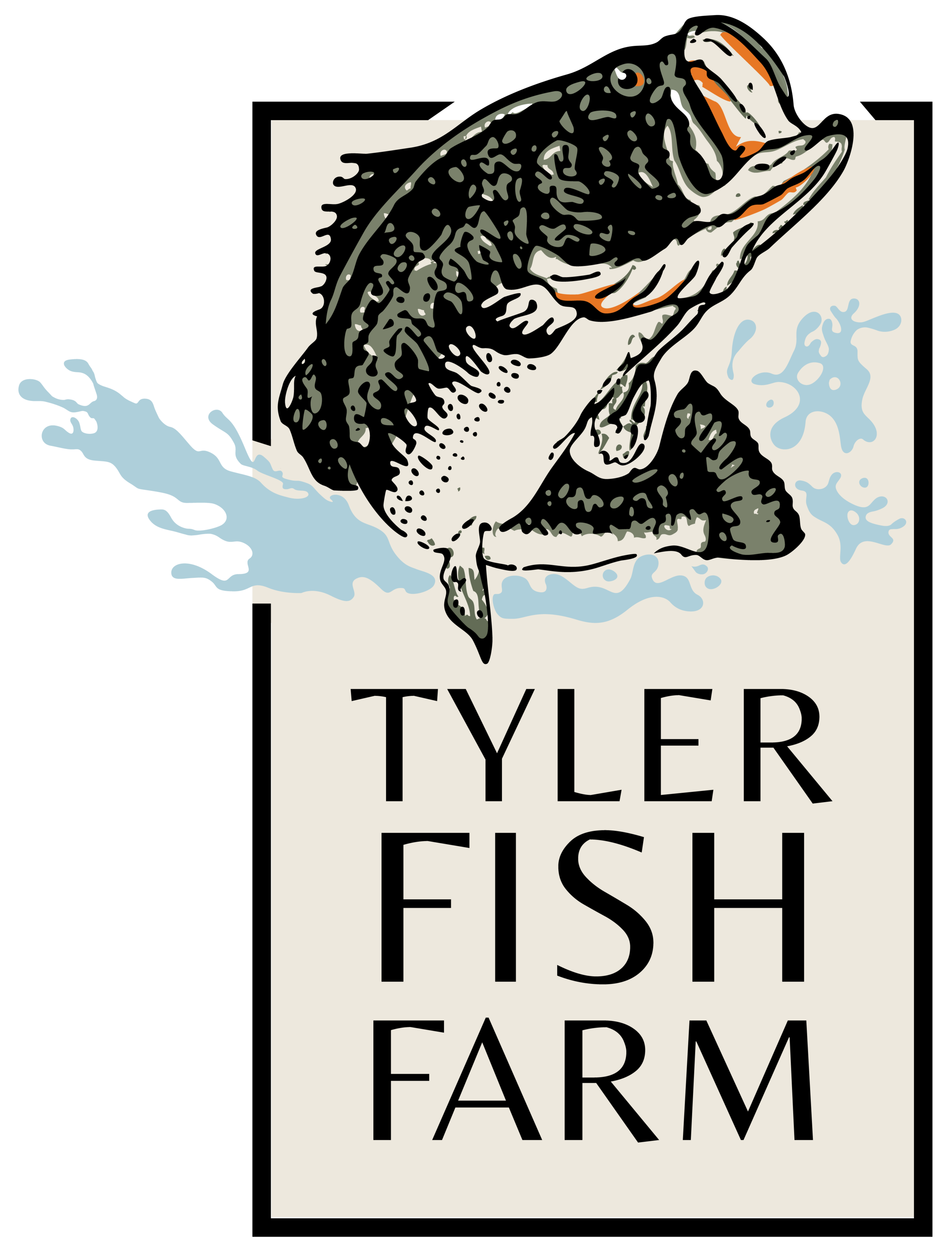Our GENETICS
We have always believed in pure Florida Largemouth bass in East Texas and have developed a strain of High Catch Rate (HCR™) pure Florida Bass that grow up to 2-3 pounds per year. We have also developed a strain of cold-tolerant pure threadfin shad over the past 30 years. Our pure Mozambique tilapia’s strain came from the San Antonio Zoo and Hawaii.
Fish Species
Florida Largemouth Bass
Florida Largemouth bass are the most popular game fish on the market. Pure Florida genetics are preferred by biologists and fishery management professionals across the South due to their genetic potential to become trophies. Pure strain individuals tend to breed true, so stocking pure Florida bass fingerling in your new lake or pond is the best way to ensure genetic consistency (and trophy potential) down the road.
Coppernose Bluegill
The Coppernose is a subspecies of bluegill native to extreme southeast United States. It is now commonly stocked in ponds throughout the south. Coppernose bluegill look similar to native bluegill, however the Coppernose can be identified by the copper colored band around the nose. They also have similar diets consisting of insects, crustaceans, and other aquatic invertebrates.
Channel Catfish
Redear sunfish
The Redear Sunfish is native to the southeastern United States, but since it is a popular sport fish it has been introduced to bodies of water all over North America. It generally resembles the bluegill except for coloration and somewhat larger size. It is dark-colored dorsally and yellow-green ventrally. The male has a cherry-red edge on its operculum; females have orange coloration in this area.
North America's most numerous catfish species. It is the official fish of Missouri, Iowa, Nebraska, Kansas, and Tennessee, and is informally referred to as a "channel cat". In the United States they are the most fished catfish species with approximately 8 million anglers targeting them per year. The popularity of channel catfish for food has contributed to the rapid growth of aquaculture of this species in the United States.
Fathead Minnow
Threadfin shad
The fathead minnow has a rounded snout and short rounded fins. There is a dark spot at the base of the tail fin, and sometimes a blotch on the anterior portion of the dorsal fin. As with many other minnows, there is a darkening along the midline of the back. The fathead minnow is a stream fish, able to tolerate a wide range of environmental conditions including high temperatures, low oxygen levels, and high turbidities.
We have developed a cold tolerant strain of pond-raised Threadfin Shad, which have survived multiple winters in our 6' deep hatchery ponds when water temperatures have fallen to 37°F. A fertilization program is necessary to get the most production out of your Threadfin. Threadfin are difficult to establish in lakes under 8-10 acres.
Seasonal fish
Mozambique Tilapia
We sell our pure strain of Mozambique Tilapia. The Mozambique Tilapia have an extremely high rate of reproduction, so they are an excellent forage species in bass lakes. They also help control most algae, but do not control rooted aquatic vegetation. This species of Tilapia need water temperatures above 65°F to survive. Available April through June.








